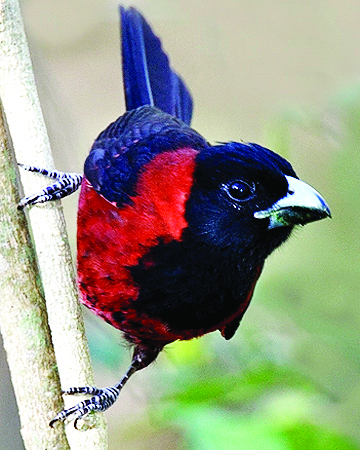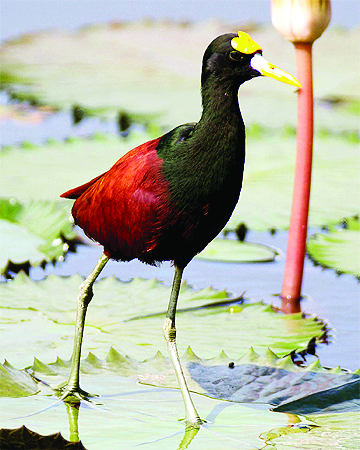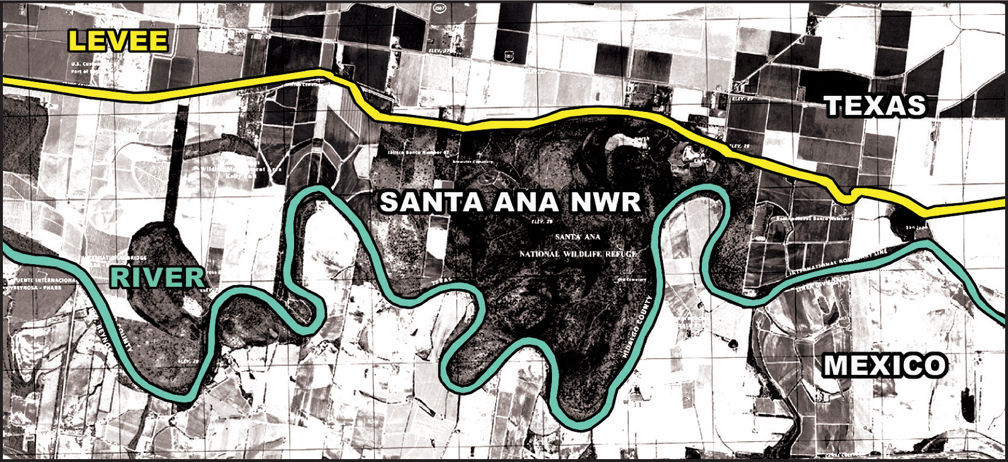
Keeping Outsiders Out, Or Insiders In?
Does a wall keep migrants and smugglers out of the US, or does it keep farmers and nature tourists inside the wall and away from legitimately accessing lands along the Rio Grande? Everyone has an opinion. If you want to stir up an argument, just ask anyone for opinions on the border wall. It is a volatile issue.
Purpose Of The Wall
The real barrier on the Texas-Mexico border is the Rio Grande. The river takes time and planning to cross. It takes no time at all for an active person to scale the wall, but not everyone is active, so law enforcement uses the wall to direct river crossing traffic away from urban areas and into locations where they can be intercepted without undue disturbance to Valley residents.
The wall is a creation of congress, passed into law during the presidency of George W. Bush. Congress mandated that the wall should consist of two fences, about 150 feet apart, cleared in the center, and built along the border, with the idea of keeping illegal migrants out of the US.
The wall is a political creation, and it is widely used by supporters and opponents alike for political leverage and voter manipulation. In the meantime all of us - residents, visitors, and law enforcement - have to deal with its consequences. There are speeches, petitions, protests, and lots of hot air. That's all we need in the Valley, more hot air.
Problems With A Valley Wall
Congress's design of the wall did not work out too well in the Valley. The Rio Grande curves and bends. It runs about 280 miles from its mouth (Boca Chica) to Falcon Dam, whereas the road covers that distance in about 140 miles.
The US - Mexico boundary is overseen by the International Boundary and Water Commission (IBWC) created in 1889, and it is subject to an international agreement established by a convention held November 12, 1884. One of the terms of the boundary agreement is that neither country can build anything that could divert flood water into the other country. So the prohibitive length and doubling curves of the Rio Grande, plus the terms of the US-Mexico boundary agreement, make it impossible for the US to place a wall or fence on the river bank. This is most fortunate, because any wall on the river bank would also destroy the riparian forest along the river, the last refuge and nesting habitat of many of the most rare US tropical nesting birds, some of the same birds that birders come from around the US and around the world to see here in Deep South Texas.
So What Is A Wall Builder To Do?
Fortunately for wall builders, there was a solution. IBWC negotiated a plan whereby the wall gets built on their land. Their land is a levee. The wall strengthens their levee. Since 1900 various levees have been built to protect the Valley's urban and agricultural land from flooding. Today's version is a long levee running near the Rio Grande. It runs more or less in a straight line, following the river west, but at some distance north. It has been improved several times, the latest being a four foot height increase in 2013.
Building The Wall During the latter part of President George W. Bush's presidency some sections of wall were built in the Valley on the levee. Not much was done during President Barack Obama's years, because no money was allocated for wall building.
Now under President Donald Trump there is renewed interest in wall building and Congress is allocating funds again. This has caused a flurry of activity amongst anti-wall activists. I am generally anti-wall in the Valley, but it is not a clear cut issue. It is important to understand the effects of the wall and to pick the fights carefully. I know people who have lost their jobs by being on the "wrong side" of the wall issue.
There has been media coverage and social media posting about the horrors of the wall. I have received telephone calls and emails from birders in Texas and several other states asking why Santa Ana NWR is being bulldozed.
Well Santa Ana NWR, of course, is not being bulldozed, but it is possible that a wall will be built on the levy that runs on the northern boundary of the refuge, next to the irrigation canal and between the wild lands and the visitor center (and adjacent to the visitor center, the maintenance yards, residences, offices, parking, and butterfly and bird gardens).
The levee is around 100 feet wide where it passes through Santa Ana. The IBWC owns the levee, maintains a road on its top, mows its sides, and removes any new growing trees. This provides grassland for seed eating birds. The roads and trail into Santa Ana cross the levee. A wall built here could have very limited habitat impact, or a little impact. Mainly it would bring an industrial military look to the refuge, and depending how it was built, could impede terrestrial wildlife and visitor access would have to be maintained.
Effects Of The Wall
We know from law enforcement experience that the wall directs illegal activity to areas without the wall. So, if the wall is extended along much of the Valley, but not past birding and nature areas, it follows that birding and nature areas will become a hive of smugglers and other illegal activity resulting in increased law enforcement action.
Who would want to visit refuges and sanctuaries criss-crossed by dirt paths and dirt roads, with border patrol vehicles racing back and forth, with smugglers and illegal migrants hiding in the brush, with clothes and drug pack equipment discarded everywhere? Birders would stay away from our top birding hot spots to avoid the eye sore, the aggravation, and the problems. Worse still, our bird populations would be reduced by the heightened activity.
On the other hand, a wall along the boundaries of the birding and nature areas would reduce illegal and law enforcement activity inside them. Is that desirable? Most people would answer yes. Would it promote nature tourism? It would protect current tourism levels, and if bird populations improved, it could increase tourism.
Nature Tourism: $500 Million A Year
The four Valley counties are visited, in my estimate, by about 150,000 to 200,000 birders a year. Birders visit birding hot spots, primarily those along the river, spending about half a billion dollars a year, generating over $66 thousand in local tax revenues and sustaining 6,600 jobs (Texas A&M 2012 report). Birding (nature tourism) accounts for 25% of Valley tourism and Santa Ana NWR is the most visited birding hot spot in the Valley.
Some birders no longer visit the Valley due to unfounded media reports that our area is unsafe. Now add to that new unfounded reports that "Santa Ana is being bulldozed to build a wall through it" and even more birders will stop visiting here, thinking there is no habitat and no birds to be seen. That would be a disaster for our economy, and also for our birds since their habitat would no longer be protected without the financial sustenance of tourism.
Scaring Away Birders And Money
Since 2002, every year, my wife and I have visited Europe one to two times a year as volunteers to promote the Valley to birders there. We understand why birders visit the Valley and what would keep them away.
The calls and emails I have received about the wall and Santa Ana ask two questions. First, is it true that Santa Ana NWR is being destroyed and closed to build the wall? No, it is not true, but the media and social media reports allow readers to think it is true.
Second, should we protest the building of the Santa Ana wall? We can protest anything we choose, but if the wall is extended along the Valley but not past Santa Ana, then the refuge can be expected to become a major crossing point.
This will cause an increase of smuggler and illegal migrant activity generating more law enforcement action, therefore, damaging and destroying the refuge.
If no more walls were built in the Valley that would help, but that is no longer reality. We have to deal with the wall, like it or not.
To stop all walls, go visit Congressional representatives in Washington and write to them. But to stop the wall only at Santa Ana is a serious mistake. Not everyone agrees with this assessment, and I may lose some friends over this issue. I don't want to lose any friends, but even more critical, I don't want the Valley to lose Santa Ana due to illegal activity and law enforcement action. I don't want to lose birders, who will stay away to avoid the mess. I do not want to lose half a billion dollars a year in Valley revenue. I don't want to lose the natural habitat, and the birds, due to a rise in illegal enterprise and increased law enforcement activity.
Let us not sacrifice the Valley's great birding hot spots and the birding tourism it attracts, on the fickle alter of politics, in the hot flames of emotion. Let us not hand over the Valley's top river birding hot spots to smugglers and law enforcement.
Santa Ana, our river birding habit, needs quiet protection. Let us seek the best way to protect the little precarious and precious habitat left for our birds, and the birders who watch over them. This article focuses on Santa Ana NWR, but the same issue also affects Sabal Palm Sanctuary, Anzalduas County Park, National Butterfly Center, and Bentsen Rio Grande Valley State Park.
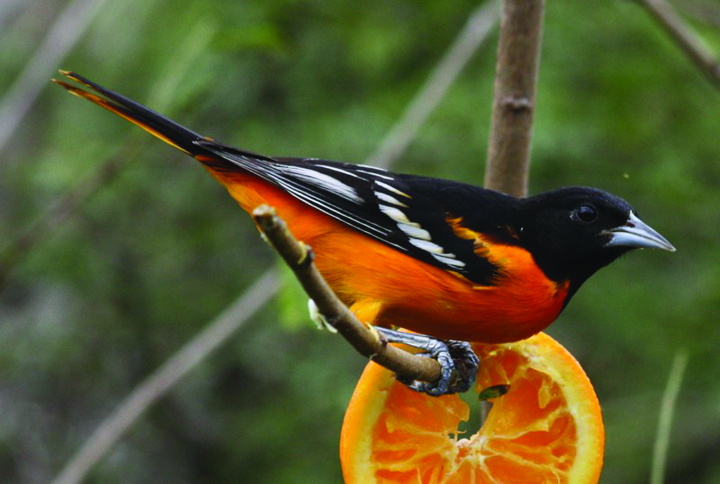
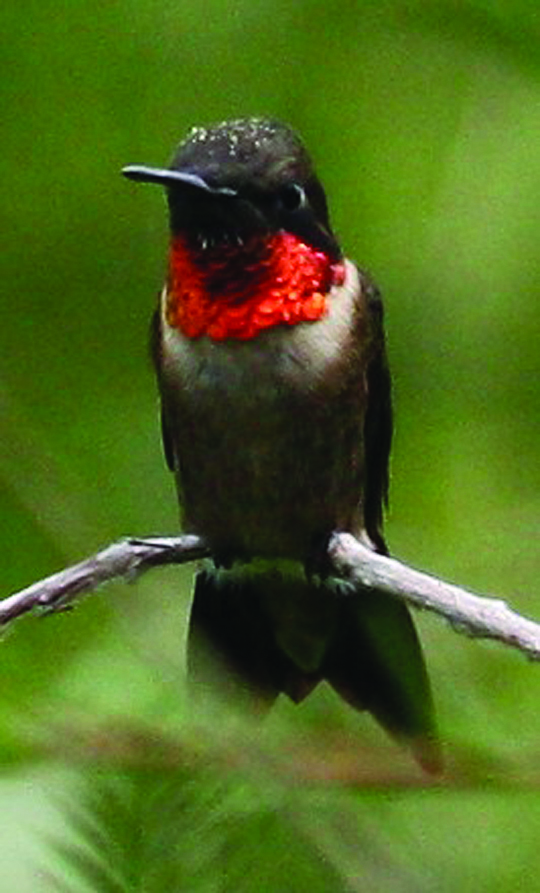 The Lower Rio Grande Valley is famous for its spring migration: during the peak times of mid-April to mid-May, if you get a good storm front coming in from the north (stopping the migrants in their tracks as they arrive after just having crossed the Gulf of Mexico), the birding can be fabulous! Fall birding isn't quite as predictable (we don't get many storm fronts coming up from the south, halting the southbound migrants before they cross the Gulf), but it can still be exciting!
The Lower Rio Grande Valley is famous for its spring migration: during the peak times of mid-April to mid-May, if you get a good storm front coming in from the north (stopping the migrants in their tracks as they arrive after just having crossed the Gulf of Mexico), the birding can be fabulous! Fall birding isn't quite as predictable (we don't get many storm fronts coming up from the south, halting the southbound migrants before they cross the Gulf), but it can still be exciting!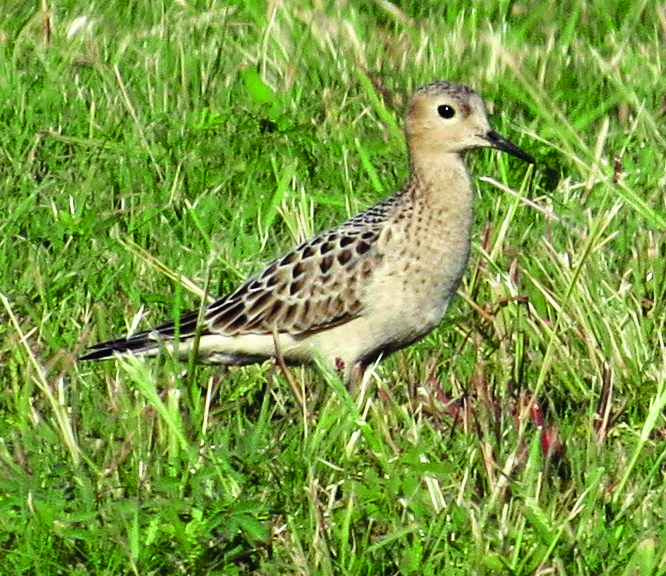
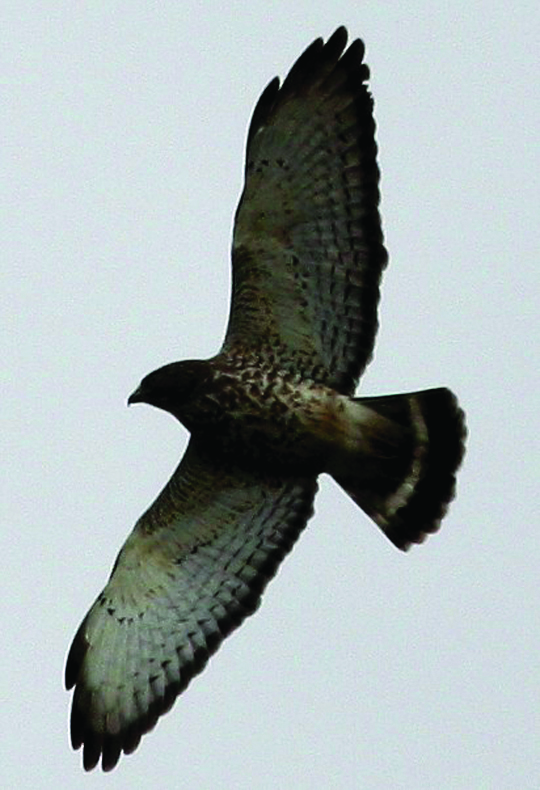
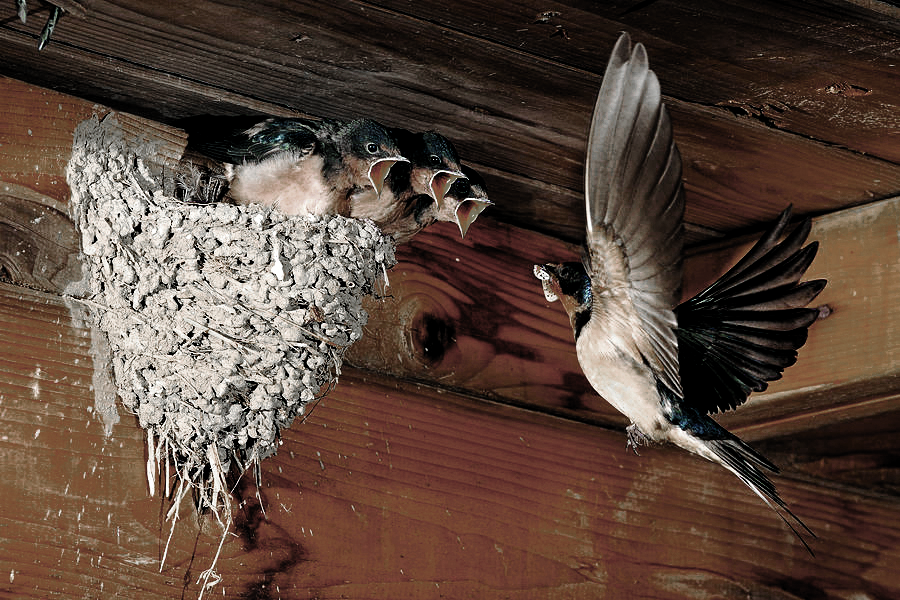 Amazing to us living in North America, a large continent, is the extensive information the small island of Great Britain has about its birds. We use rough estimates, but in Britain they have much more detailed information, and so the population of each bird species is known. Ornithologists (scientists who study birds) in Britain also know how many breeding pairs there are in Britain, their breeding success, when and where they nest, where they spend their time outside of the breeding season, and whether the population is growing or falling. To collect this information they use several techniques.
Amazing to us living in North America, a large continent, is the extensive information the small island of Great Britain has about its birds. We use rough estimates, but in Britain they have much more detailed information, and so the population of each bird species is known. Ornithologists (scientists who study birds) in Britain also know how many breeding pairs there are in Britain, their breeding success, when and where they nest, where they spend their time outside of the breeding season, and whether the population is growing or falling. To collect this information they use several techniques. Keeping Outsiders Out, Or Insiders In?
Keeping Outsiders Out, Or Insiders In?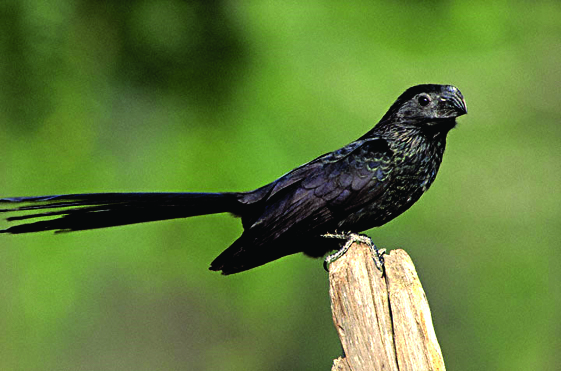
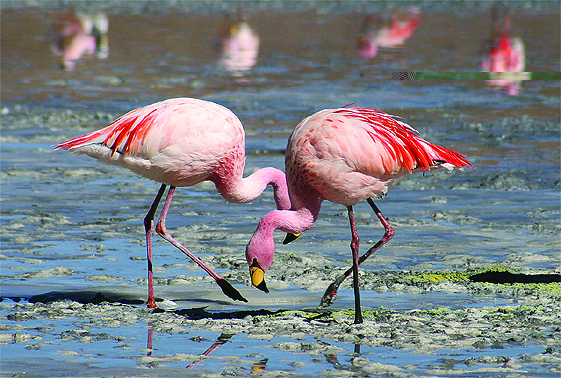 Birders visit the Valley from mid-October to mid-May. They seem to avoid summer months. My theory is that they prefer to bird in the cold northern latitudes when the big thaw is in place while it is fun to be in the woods and on the water without snow and ice.
Birders visit the Valley from mid-October to mid-May. They seem to avoid summer months. My theory is that they prefer to bird in the cold northern latitudes when the big thaw is in place while it is fun to be in the woods and on the water without snow and ice.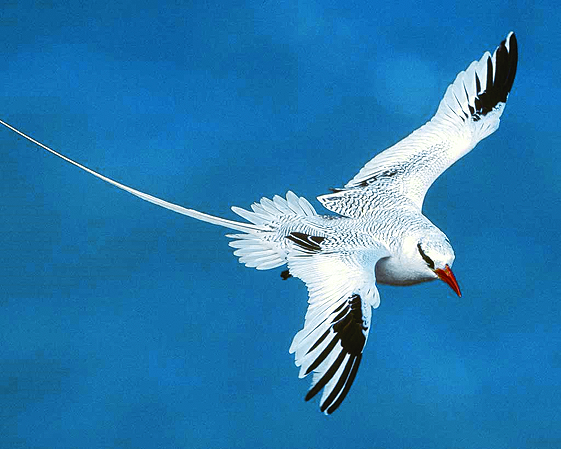
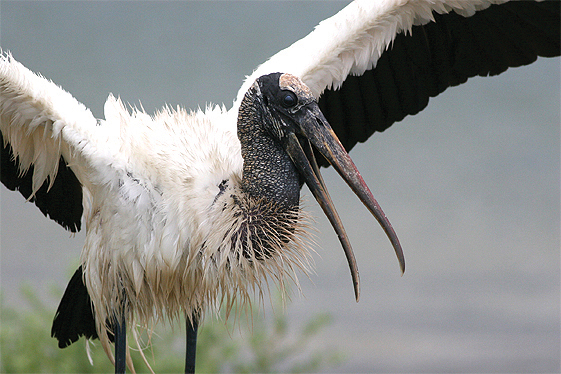
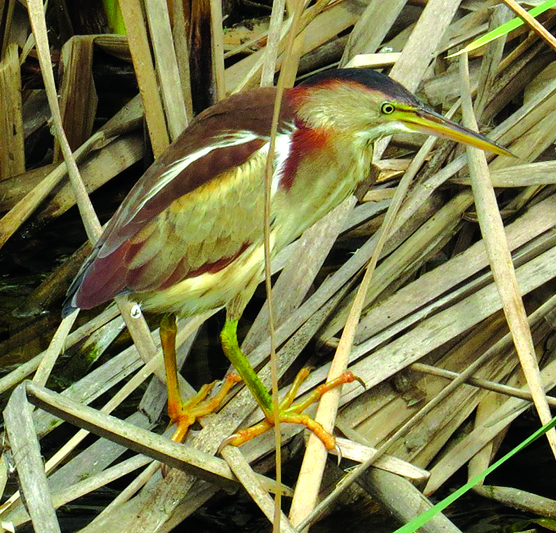
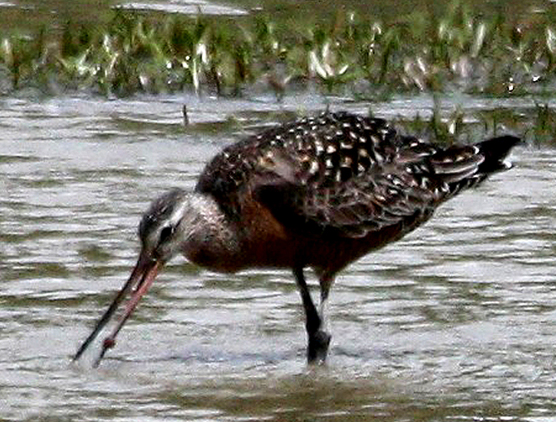 The most popular time to come to the Lower Rio Grande Valley in order to catch spring migration is the last two weeks in April, and not without good reason! One can catch the tail end of the hawk migration (hawk watches generally end around mid-April), shorebirds are coming into their breeding finery, and colorful, fanciful warblers are coming through in good numbers. And because May is such a prime migration month in northern states (such as my native Michigan), most folks think that "the show is over" in the Valley by the end of April.
The most popular time to come to the Lower Rio Grande Valley in order to catch spring migration is the last two weeks in April, and not without good reason! One can catch the tail end of the hawk migration (hawk watches generally end around mid-April), shorebirds are coming into their breeding finery, and colorful, fanciful warblers are coming through in good numbers. And because May is such a prime migration month in northern states (such as my native Michigan), most folks think that "the show is over" in the Valley by the end of April.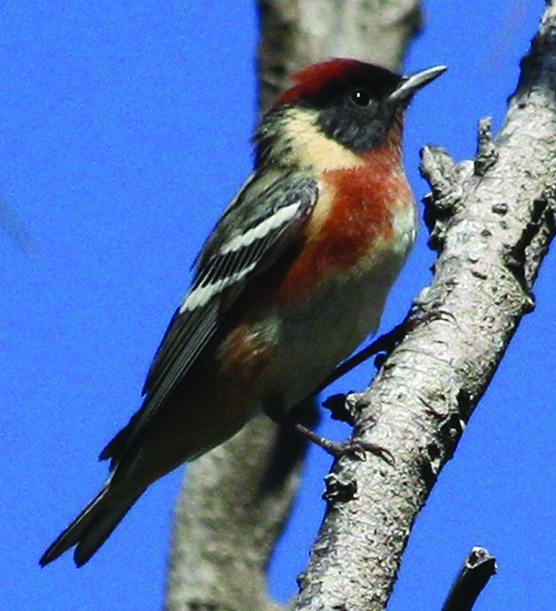
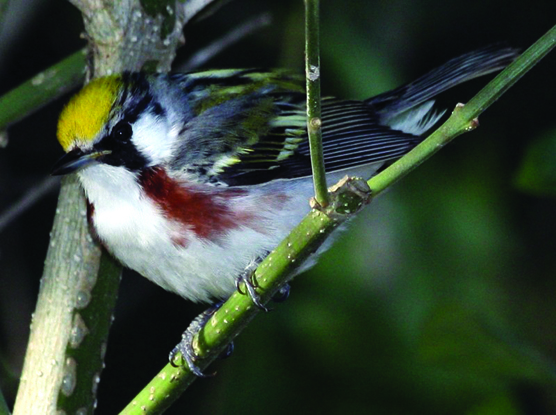
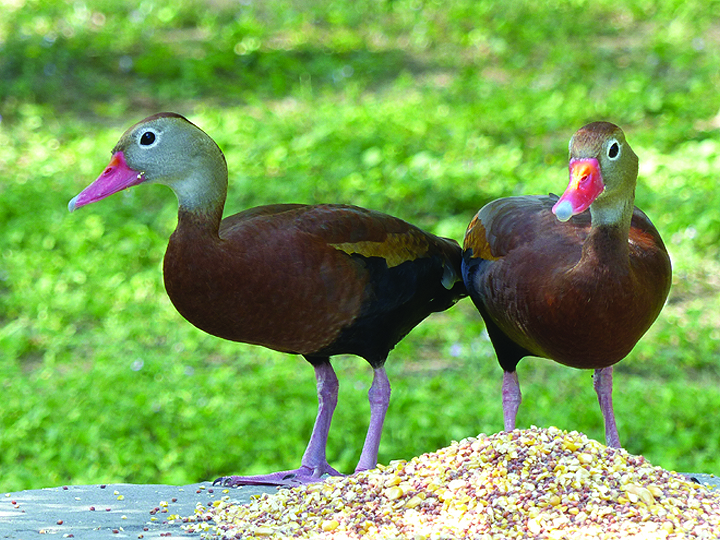
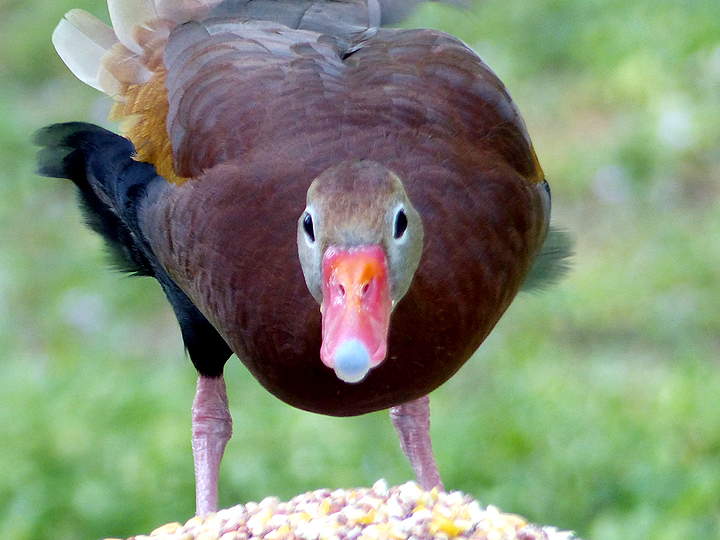 Everyone who feeds birds has great stories. The best stories are about incidents that occur when one least expects it, like this morning . . .
Everyone who feeds birds has great stories. The best stories are about incidents that occur when one least expects it, like this morning . . .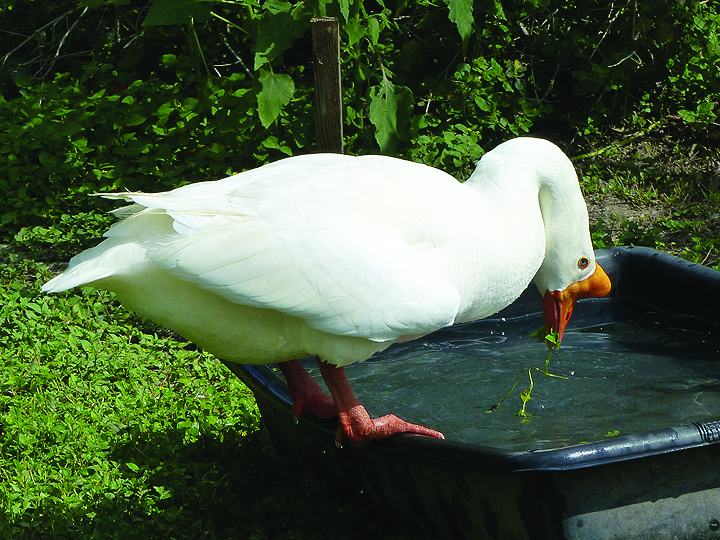
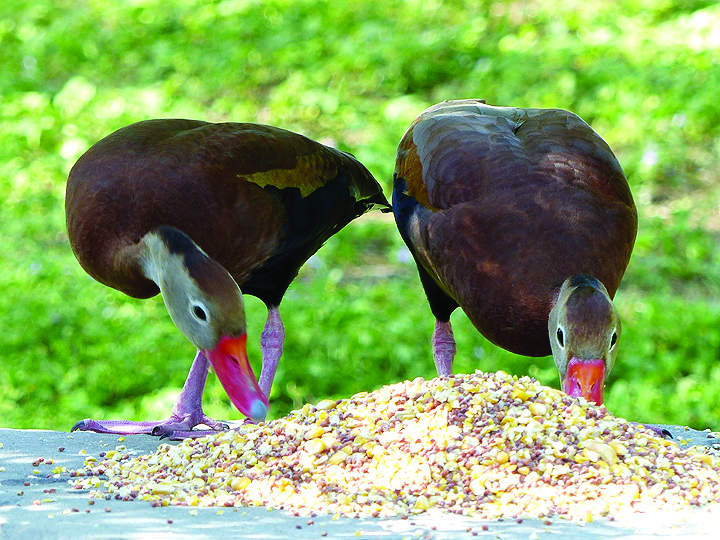
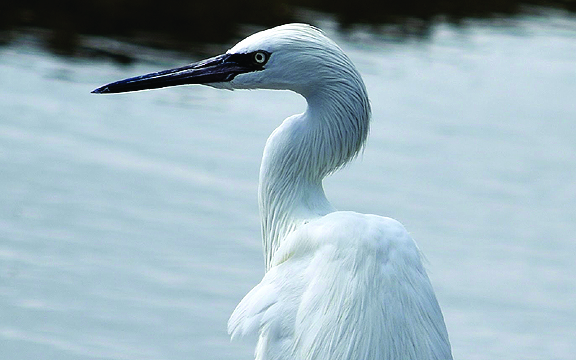
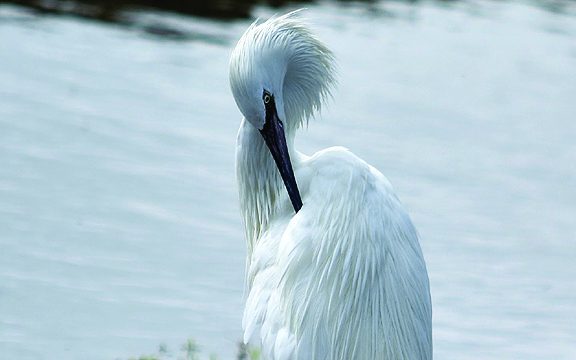 Reprinted with permission from oakwoodlife.blogspot.com
Reprinted with permission from oakwoodlife.blogspot.com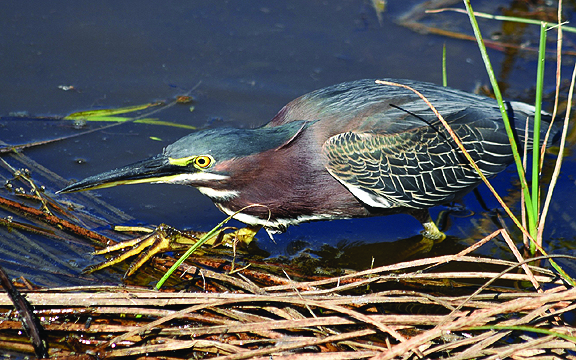
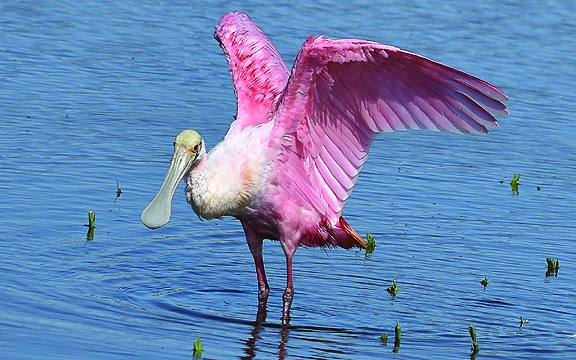
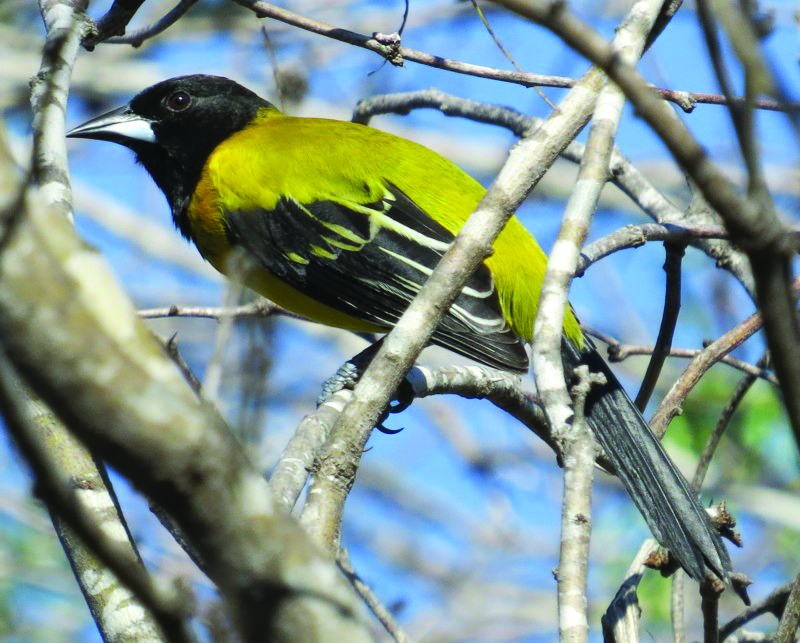
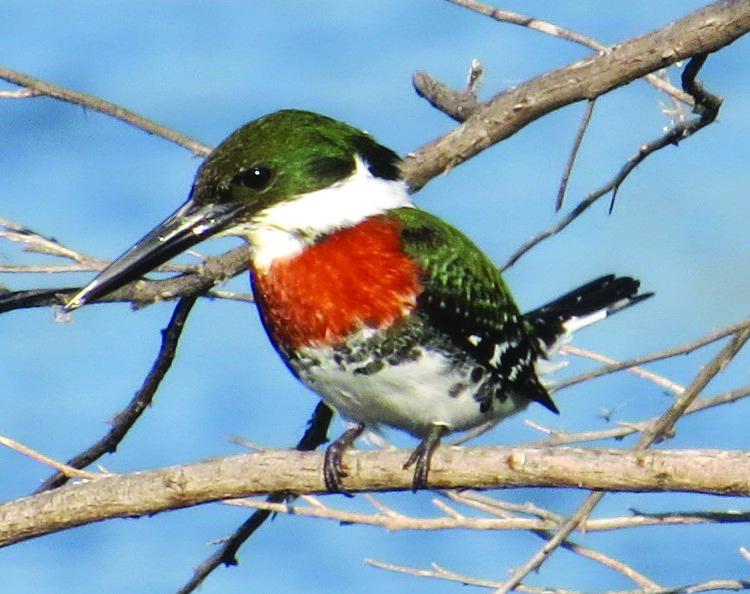 The Lower Rio Grande Valley boasts many specialty birds, and we are blessed with many birders who come from all over the world to see our special birds! But among the larger group of "general" birders, there are those who will make a special effort to come all the way down to see a "mega-rarity" - an avian visitor from Mexico that they desire to add to their North American (aka "ABA") list!
The Lower Rio Grande Valley boasts many specialty birds, and we are blessed with many birders who come from all over the world to see our special birds! But among the larger group of "general" birders, there are those who will make a special effort to come all the way down to see a "mega-rarity" - an avian visitor from Mexico that they desire to add to their North American (aka "ABA") list!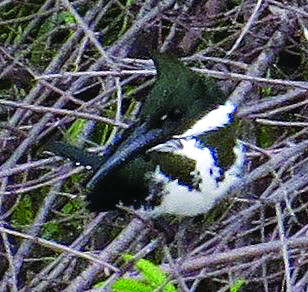
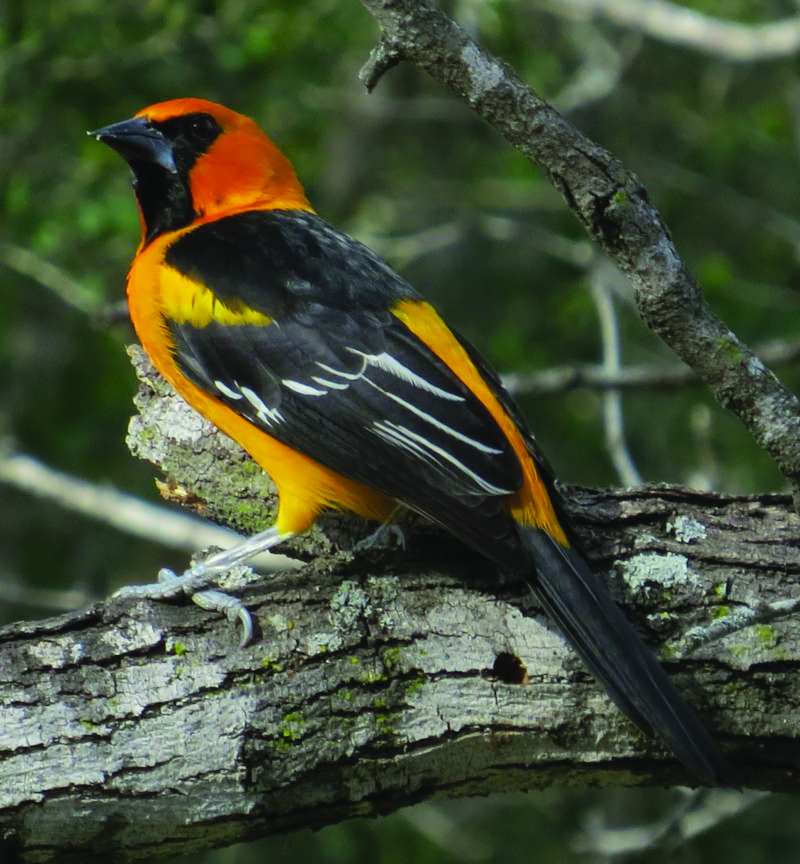
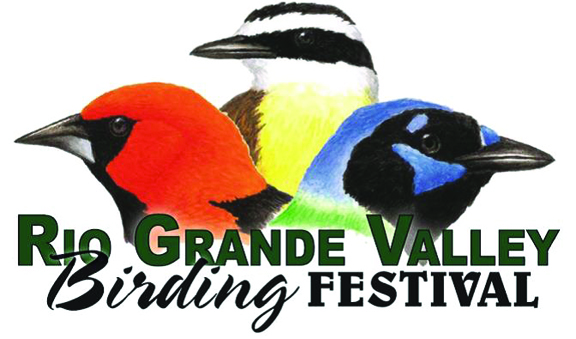
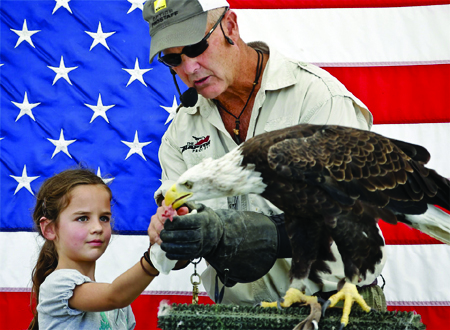 published November 2017
published November 2017